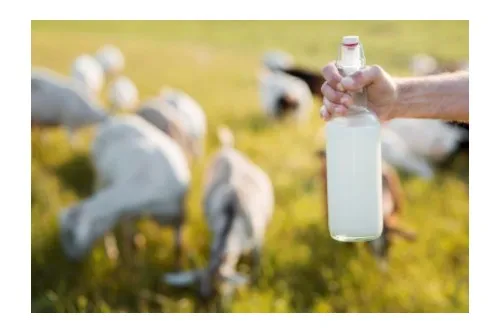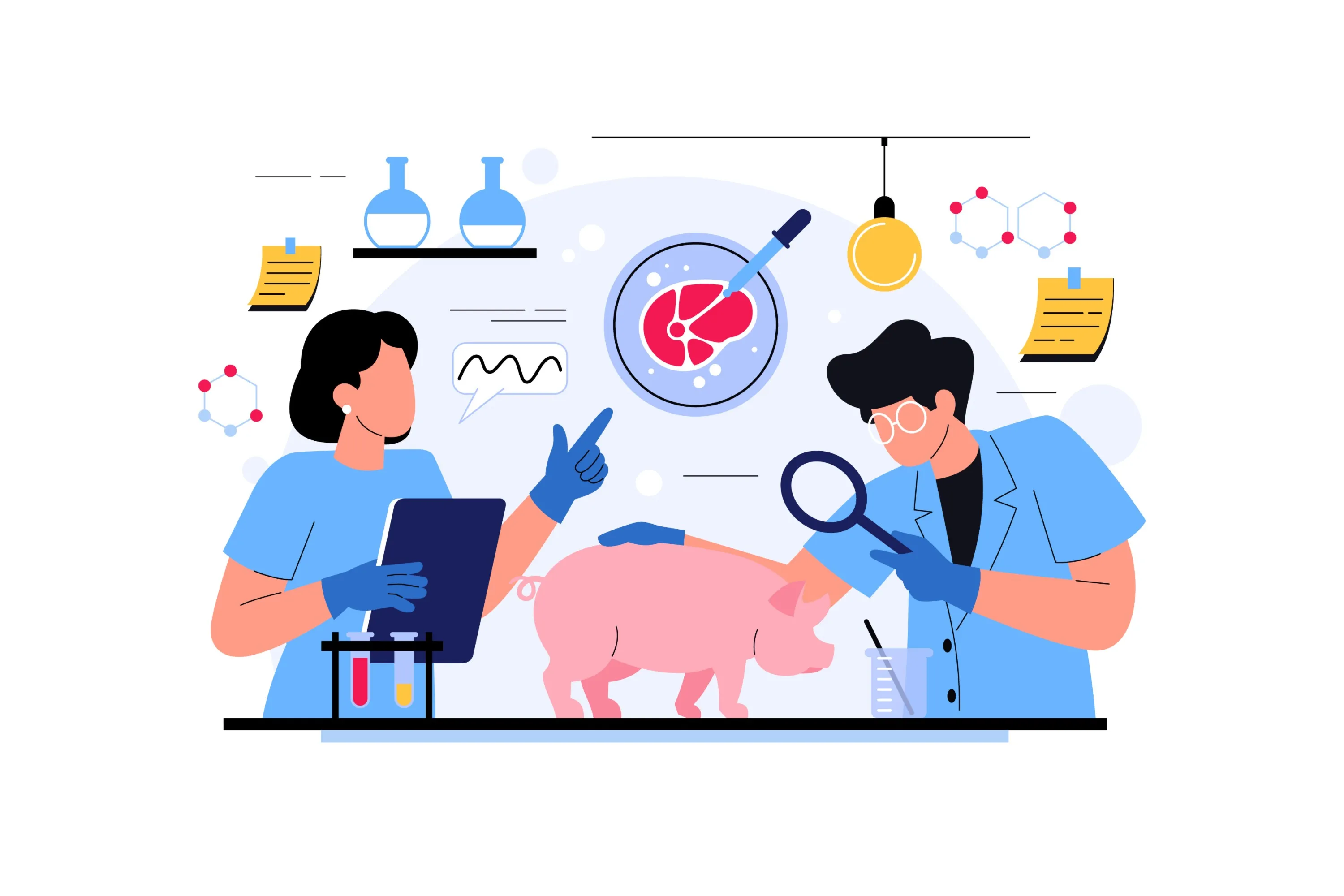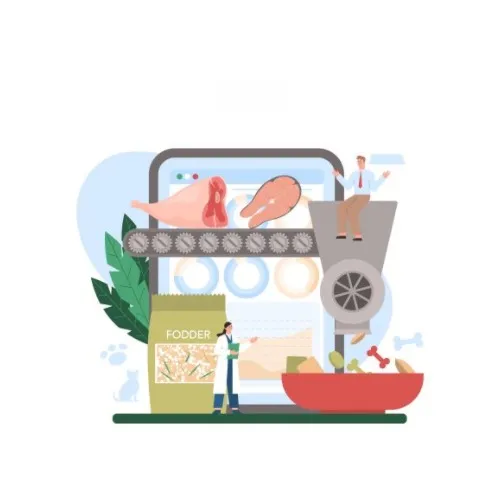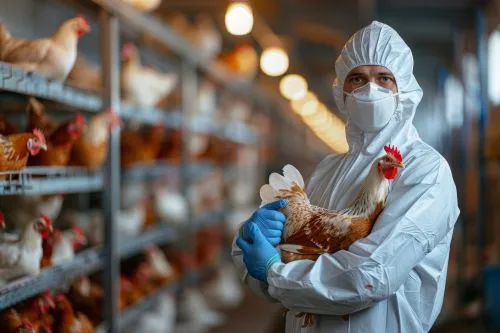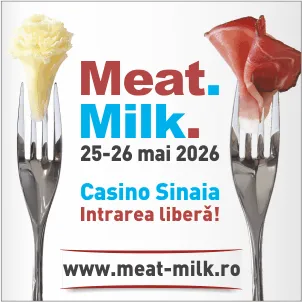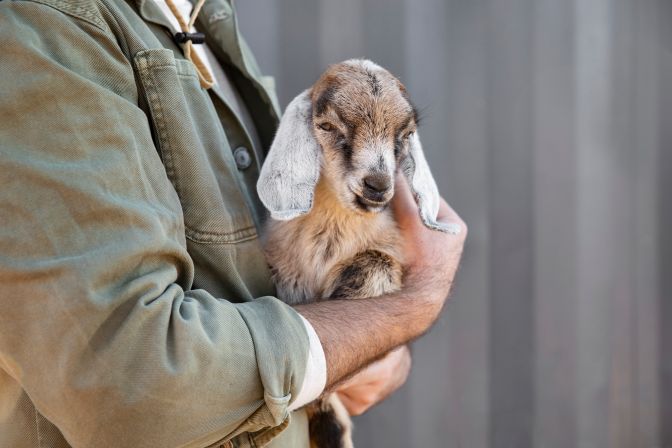
Starting in 2025, the European Union will enforce new animal welfare requirements covering rearing, transport, and slaughter conditions. As a Member State, Romania must align farm and slaughterhouse practices with higher standards of comfort and safety—an effort that will require significant investments from both farmers and processors.
According to the European Commission, the animal welfare legislative package is part of the Farm to Fork strategy, aimed at reducing stress and stocking density while improving animal monitoring through digital systems. In parallel, EFSA published in 2024 a set of scientific recommendations that will serve as the foundation for upcoming binding regulations.
For Romanian producers, compliance entails both infrastructure upgrades and technological adaptation. Eurostat estimates the necessary investments at €120–150 per head in pig farms and up to €300 per head in cattle units, depending on complexity. Meanwhile, through the PNS 2023–2027, the Ministry of Agriculture (MADR) has introduced non-reimbursable funding lines for the modernization of barns, ventilation systems, and monitoring equipment.
“Animal welfare is not only an ethical obligation but also an economic one. Animals raised under optimal conditions deliver higher-quality products, and farms become more efficient in the long run,” notes a recent European Commission report on livestock sector competitiveness.
In Romania, only 35% of large commercial farms fully comply with EU standards on microclimate and animal density, according to INS data. The remaining units require investment in ventilation, natural lighting, and movement space. Gradual implementation of these measures is essential to avoid penalties and maintain access to the EU market.
Over the medium term, full compliance with welfare standards will transform farm economics. The additional costs can be offset through quality certifications and origin labels, which secure higher shelf prices. Romania now has the opportunity to move from basic compliance to premium differentiation—turning animal welfare from an administrative burden into a competitive advantage.
(Photo: Freepik)
